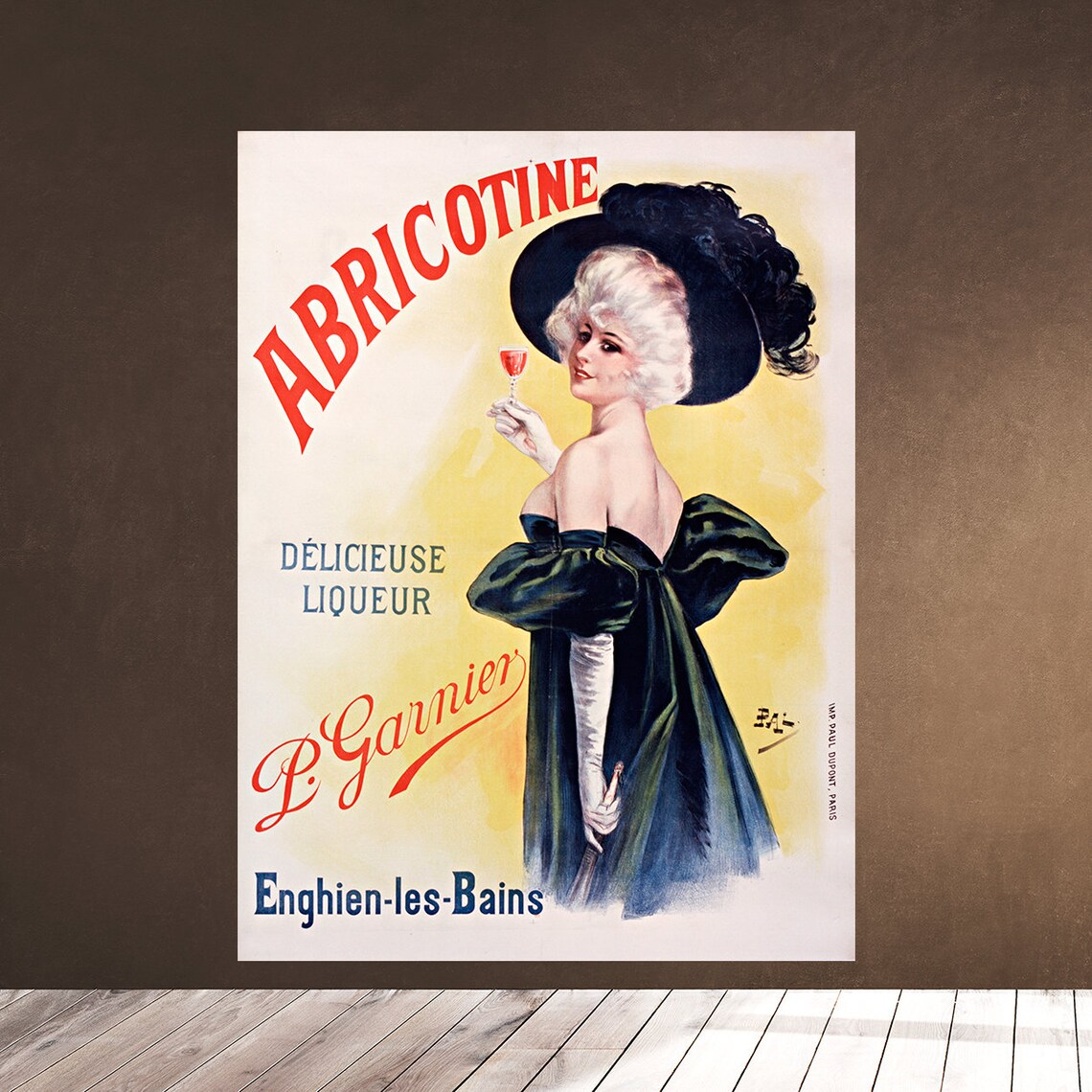
So, the difference between Eau-de-Vie and Liqueur is the amount of sugar added. Liqueurs, however, are different from Eau-de-Vie because of their sugar content, which is over 100 grammes/litre of alcohol. This explains their much lower alcohol content. Eau-de-vie is classed as a spirit.ĭistillations of Eau-de-Vie are made with a still and are produced in distilleries.Īfter It’s distillation, Eau-de-Vie is then aged in vats.Ĭontrary to Eau-de-Vie, Wine or Beer are made with food (grapes or cereals) which is simply fermented. Several elements can be added to the grape pomace, like “vin de Chaudière” which is very acidic wine, low in alcohol content (it gives an Eau-de-vie made from wine), grape pomace (which gives an Eau-de-vie made from marc), root vegetables or grains. In viticulture, grape pomace is the dry residue left after the wine has been pressed, trod, and vatted. Grape pomace can also be used in the Distillation or double distillation of Eau-de-vie. The production of Eau-de-Vieĭistillation or double distillation helps increase the alcohol content in the drink. This strong alcohol content allows the bottle to be kept several months, once opened. The alcohol content of Eau-de-Vie varies between 50 and 60°.

So, what is it made from?Įau-de-Vie or “gnole” and “goutte” as it is commonly known in France, is defined as an alcoholic drink obtained from a single or double distillation of a drink with a low alcohol content, like fermented fruit juice, wine or cider or other foodstuffs such as cereals, root vegetables, or plants.

The best Eau-de-vies on the wine list of gastronomic restaurantsīefore discovering the best “Eaux -de-vie” it is important to know what it is exactly. Eau-de-vieĬherry, apples, pears, peaches, plums, plums, plums, apricots and comes.

You can buy the best Eau-de-vie thanks to a reliable and impartial reference list. We will indicate the best offers and promotions online.


 0 kommentar(er)
0 kommentar(er)
